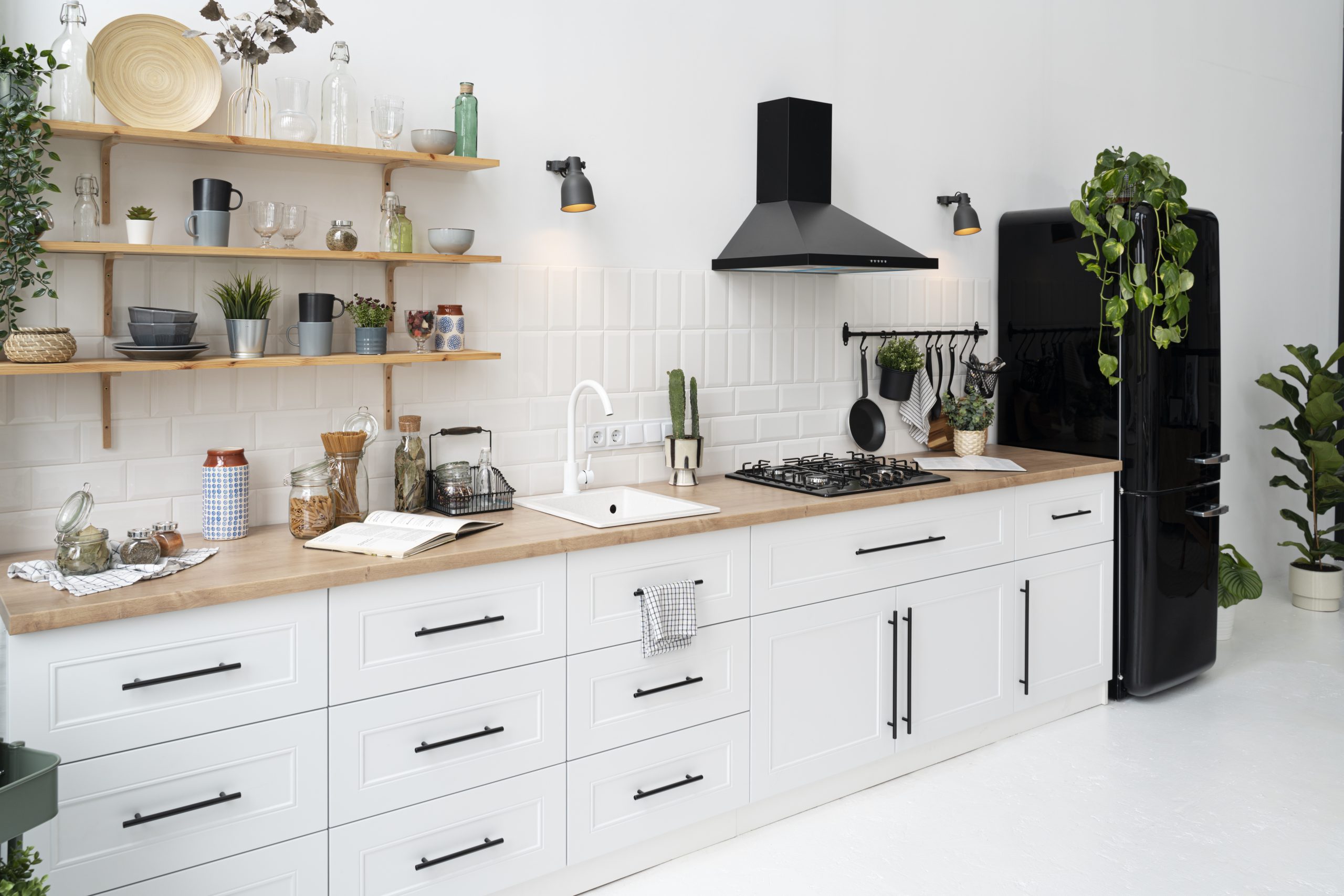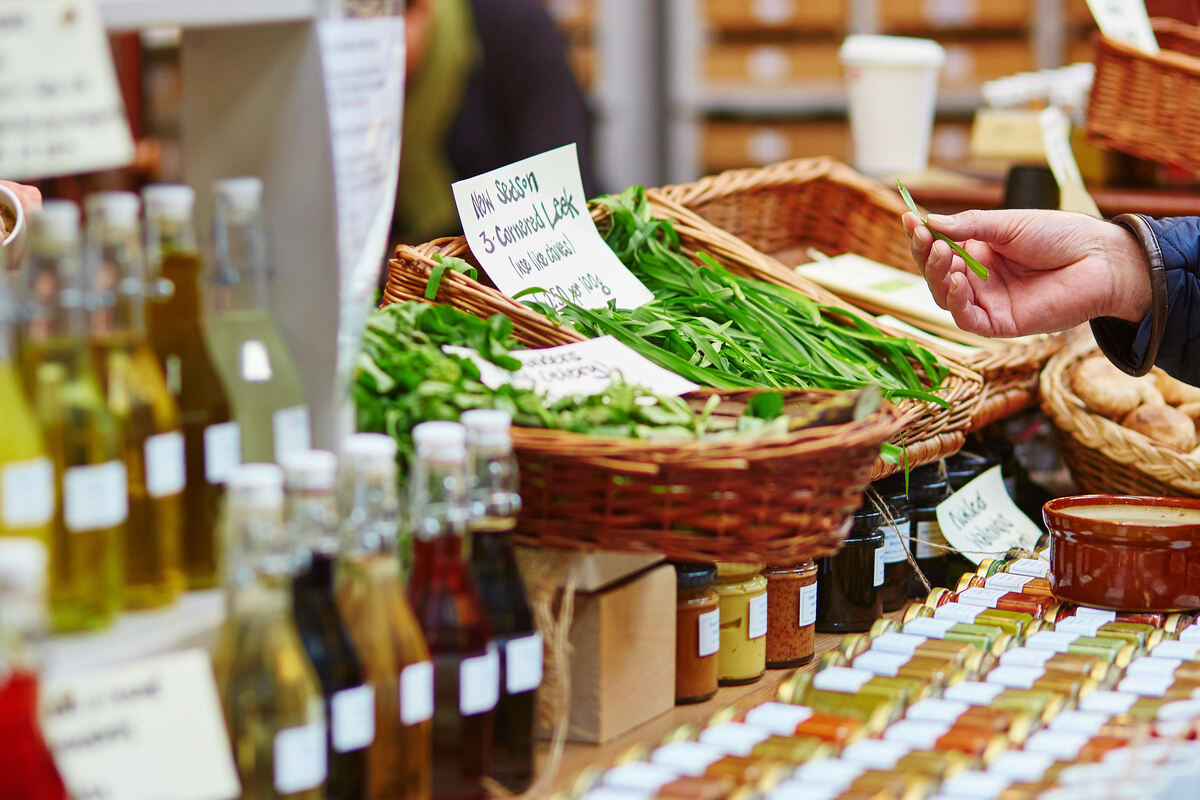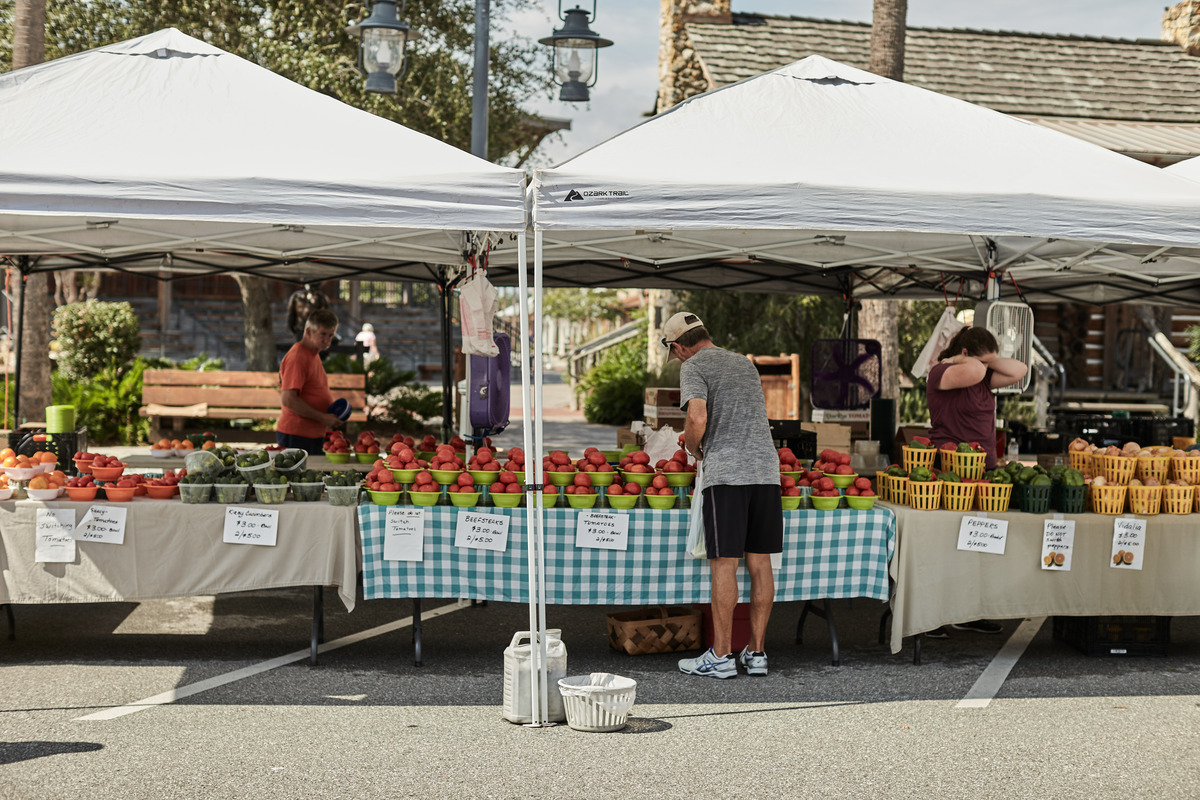A kitchen serves as the heart of the home, so its design must tap into its full potential. With the emerging need for sustainability, you should optimize this area of your house to reduce food waste.
Many elements contribute to food waste reduction in the kitchen, and these same elements can promote sustainability. All you need is a guide to help you transform your kitchen into a sustainable space. Let’s dive deep into how you can achieve these with effective strategies.
Why do you need to reduce food waste?
Food waste is a significant issue worldwide, having an adverse environmental impact. According to the latest UNEP Food Waste Index Report, the world wasted 1.05 billion tons of food in 2022 alone. That amounts to 19 percent of food available to consumers globally.
The current scale of food waste can be very disheartening. Its effects can be seen not only in the environment but also in the economy. Fortunately, there are ways for the population to reverse these adverse effects.
Here are the primary areas food waste affects and how you can address them:
Environmental impact
According to the UNEP report, food waste produces 8 to 10 percent of the global greenhouse gas emissions. By taking action to reduce food waste, individuals can significantly lower their carbon footprint. Again, you can do so by starting the change at home. You can incorporate eco-friendly practices into your kitchen, optimizing it for sustainability.
Economic impact
UNEP’s Food Waste Index Report states that households contribute 60 percent of total food waste. By observing practices that help reduce this percentage, households can save substantial costs. They can also help promote sustainability while benefiting from an optimized home.
Smart Storage Solutions

Research shows that Americans wasted nearly 312 million pounds of food during the 2023 Thanksgiving. With lots of holiday food comes plenty of leftovers. One of the best ways to effectively minimize this scale of food waste is by having efficient storage solutions.
Modern and traditional storage solutions exist. Both are equally effective in helping you achieve sustainability and reducing food waste. Consider using any of these storage solutions:
Innovative kitchen gadgets
Many kitchen gadgets and tools available today provide exceptional storage solutions. Consider trying out any of these to extend your food’s freshness:
Smart tags
Smart tags register food in your pantry or kitchen and notify you when it’s about to expire. For example, you can use Ovie Smarterware to remind you of leftovers and perishable items you might have forgotten about.
Ethylene absorbers
Ethylene quickens the ripening process, shortening the lifespan of fruits and vegetables. An ethylene absorber, like Bluapple, can help slow the spoilage. Place the product in your produce drawer to keep your fruits and vegetables fresh for longer.
“Second Skin”
Products like Edipeel act as a “second skin” for fruits and vegetables. They increase a perishable’s shelf life up to three times. By using Edipeel on your food, you can lessen the frequency of your grocery trips.
Practical storage tips
Smart storage solutions exist, and it’s great to use them. To make things even better, you can also maximize traditional storage solutions. They have been tried and tested throughout the years. From using the right containers and storage to labeling and organizing your food, you can manually create an effective and efficient system in your kitchen.
Clear containers
Consider storing food in transparent containers to identify it quickly. For example, leftovers can be stored in clear glass containers, allowing you to see which ones must be eaten first.
Labeling food items
Manually tracking your food’s freshness helps reduce food waste. Get a marker and write the date of storage on the containers or packages. This will help you remember which ones to eat first.
Fridge and pantry organization
Sorting out the items in your fridge or pantry can help you identify which must be consumed first. Try implementing the “first in, first out” method by putting new food items behind older ones.
Efficient Kitchen Layout

An efficient kitchen layout can help improve your food management skills and reduce waste. You can achieve this by properly arranging your appliances and storage areas at home. Designating specific kitchen zones helps you streamline your workflow. Try implementing the following concepts in your kitchen design and put them to practical use.
Work triangle concept
This kitchen layout connects the sink, stove, and fridge, forming a triangle. The layout creates a better workflow in the kitchen, helping you minimize movement and maximize efficiency.
Implementing this concept is easy. Place frequently used items in accessible locations. This will help you remember where you put them.
You can also incorporate ergonomic principles into your kitchen layout. For example, you can install pull-out shelves and drawers in your kitchen for better organization and ease of use.
Dedicated food prep areas
Designating specific storage and food preparation areas can help you improve your workflow. For example, establish a separate counter space for chopping vegetables and another for mixing ingredients.
Separating prep areas can also provide other benefits, such as preventing cross-contamination and making waste disposal easy. You can tap into these benefits by observing the practices below:
- Assign separate spaces for your raw and cooked foods. For example, you can use different cutting boards for vegetables and raw meat. This will keep cross-contamination at bay.
- Composting bins can improve your waste disposal management. Consider installing a small compost bin under the sink to dispose of organic waste quickly.
Smart Appliances

Smart appliances are a game-changer in food waste reduction. They allow you to keep track of a food item’s freshness and create a kitchen that minimizes waste. Some of the smart appliances that can make your kitchen efficient and sustainable include the following:
Smart refrigerators
Some smart refrigerators have cameras to help you establish an effective inventory management system. Here are some ways it can help you reduce food waste.
Expiration notifications
Smart refrigerators can notify you when your food is about to expire. You only need an app connected to your fridge, and you’ll receive notifications.
Food tracking
Smart refrigerators make food tracking and management easy. These appliances help you track your food usage and minimize unnecessary purchases. By knowing your current food inventory, you’ll know which foods you do and don’t need to buy.
Food waste digesters
Food waste digesters break down organic kitchen waste into compost or liquid effluent. This appliance allows you to turn kitchen scraps into compost for gardening. Thus, you’re simultaneously reducing food waste and giving back to the environment.
A food waste digester can process food scraps like bones, meat, and dairy products. It can also break down various organic waste and give you enough compost to fertilize your soil.
Aesthetics and Sustainability

Functionality can also translate to style and sustainability. A thoughtful kitchen layout can reduce food waste and add beauty to your home. Some elements and materials you can incorporate into your kitchen include the following:
Timeless design elements
Some designs never go out of style, so use them in your kitchen. You can always go right with neutral colors and classic cabinetry styles. These elements will never go out of fashion.
Choose a style that’s flexible enough to accommodate future upgrades. For example, you can install modular cabinets and adjust them whenever necessary.
Eco-friendly materials
Why not use materials that align with your environmental values? By doing so, you can make your kitchen sustainable in every way.
Reclaimed wood, bamboo, and recycled metals serve many purposes. They help reduce your carbon footprint and add visual appeal to your kitchen. Think of bamboo flooring or cabinets made from reclaimed wood.
Conclusion
Kitchen layout optimization allows you to observe sustainable practices. Using the right tools and appliances can also help you reduce food waste. So, get creative and make an eco-friendly and efficient space in the heart of your home.











